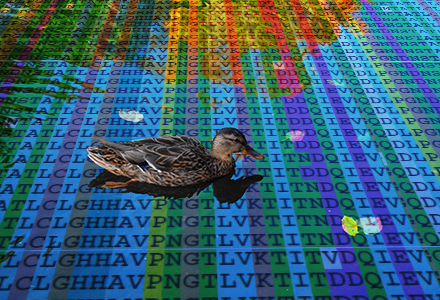Abstract
Time-varying individual host susceptibility to a disease due to waning and boosting of immunity is known to induce rich long-term behavior of the disease transmission dynamics. Simultaneously, the impact of the time-varying heterogeneity of host susceptibility on the short-term behavior of epidemics is not well-studied despite the availability of a large amount of epidemiological data on short-term epidemics. This paper proposes a parsimonious mathematical model describing the short-term transmission dynamics by taking into account waning and enhancing susceptibility following the infection. In addition to the common classification in the standard SIR model, i.e., "no epidemic" as R₀≤1 or normal epidemic as R₀>1, the proposed model also shows the "delayed epidemic" class when an epidemic takes off after the negative slope of the epidemic curve at the initial phase of the epidemic. The condition for each of the three classes is derived based on the obtained explicit solution for the proposed model.
